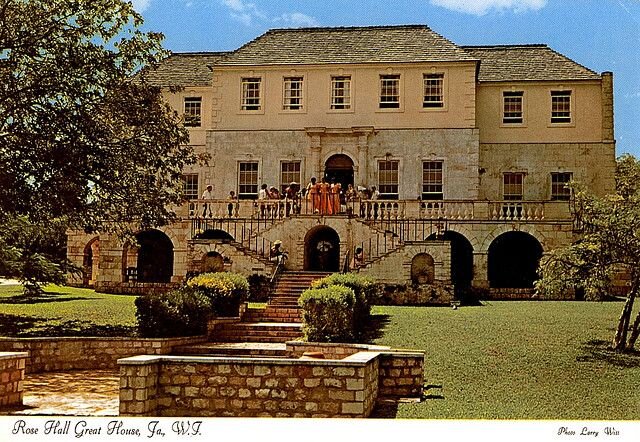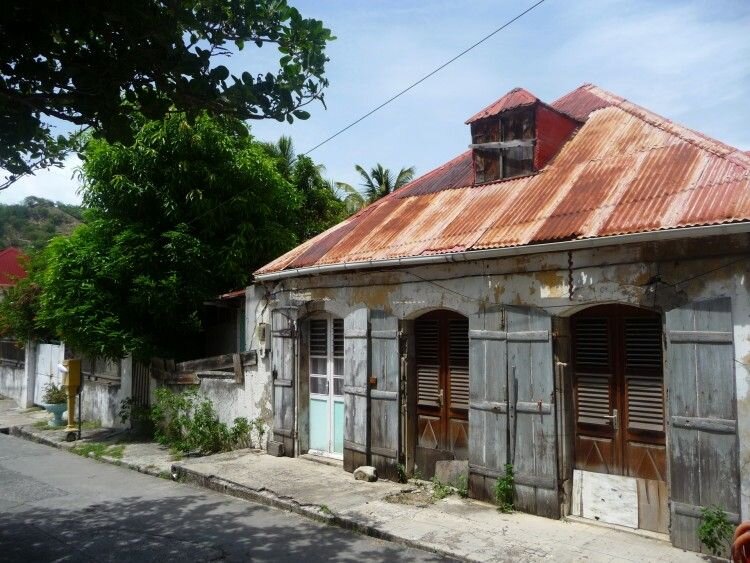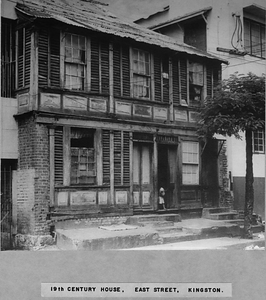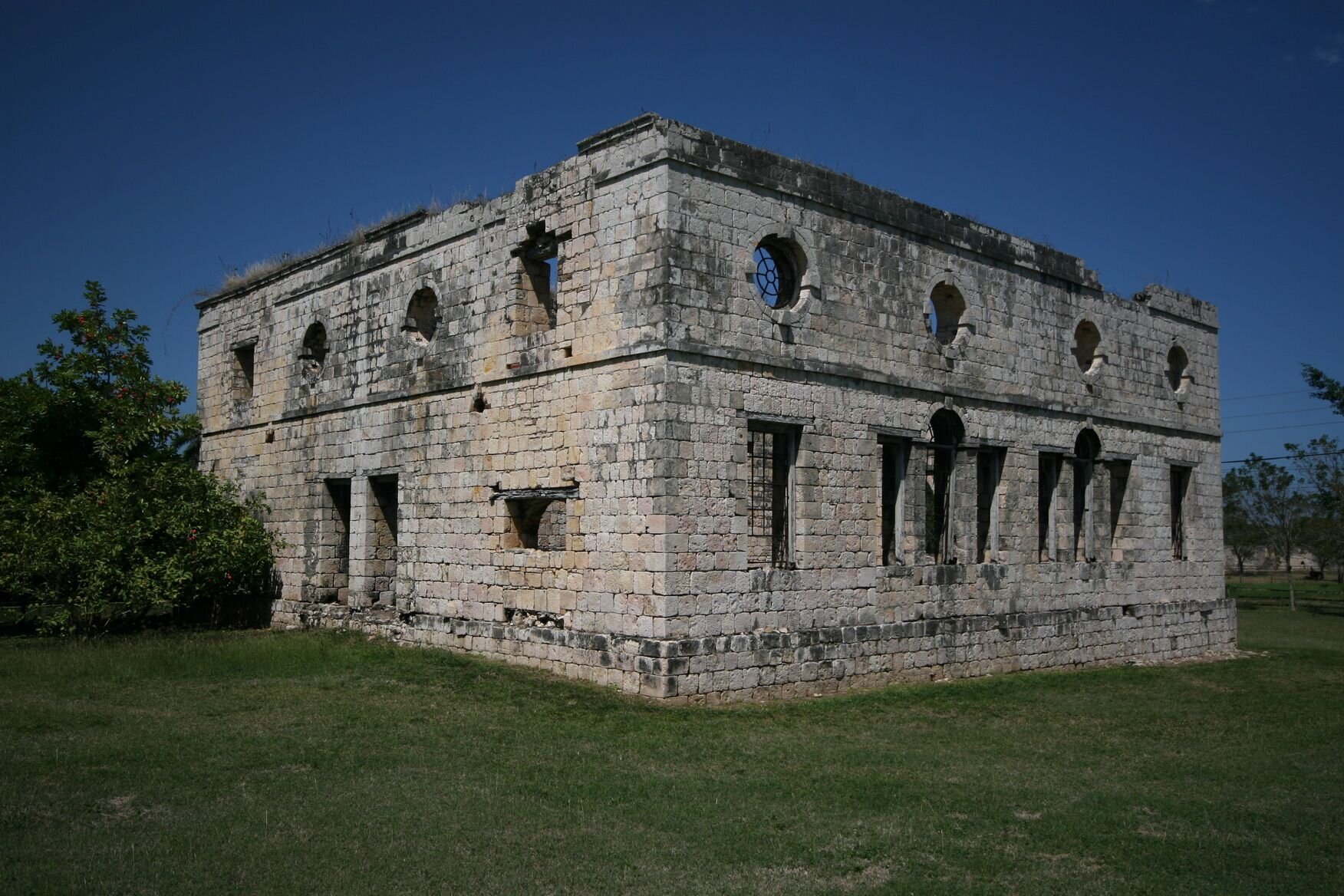Important Historical Facts about Architecture in Jamaica
Same as the Caribbean is a melting pot of islands, so too is Jamaica, this time with its architecture. From Spanish verandas introduced to structures propped up with British pillars and top examples of modern design, Jamaica’s skylines are vast and varied, to say the least. Here, we go through a timeline of Jamaica‘s architecture and where to look up some of its best pieces.
Spanish influences in Jamaica Architecture
When Christopher Columbus landed in Jamaica in 1494, it didn’t take long for sturdy, Spanish-style buildings to appear.
Take plantation houses like Halse Hall in Clarendon for instance – it’s a huge, two-storey house with thick walls that doubled as a defence.
In 1534 the Villa de la Vega grew into the Spanish capital of the island and has since become the oldest continuously inhabited city in Jamaica. The town was modelled after New Seville and includes the Governor’s residence, assembly house and military barracks, centred around a large plaza.
When the English captured the island in 1655, they opted to keep the area as the capital and renamed it Spanish Town – adding their own style of buildings too, and changing to a grid layout – until Kingston was given capital status in 1872.
The Jamaican Georgian Architecture Style
When the English docked on Jamaica’s shores, they brought with them a flair for Georgian architecture and, between the 1750s and 1850s, built a number of buildings in what was later known as the Jamaican Georgian architectural style. It’s known for its elegant features of Georgian styling like balustrades, lattices, wide, sweeping staircases and pineapple-shaped finials, but with the functionality to withstand Jamaica’s tropical climate.
Grand colonial plantation houses were built on stilts or pilings for air circulation to prevent rot, keep the ground floor cool and keep out creepy crawlies like snakes, rats and insects. Most of Jamaica’s prominent architecture from this period is located in the capital, Kingston, with a few sugar plantation mansions dotted across the island. The style’s popularity meant it was used to create a number of public buildings, such as Falmouth Court House.
A classic example of the Jamaican Georgian style is Devon House in Kingston. Set in 11 acres of gardens, it was built in 1881 as the home of George Stiebel. Nowadays, you can take a tour of nine of its rooms, including the extravagant ballroom, drawing room and master bedroom.
20th-century Jamaican, Great Architecture
Fast-forward a couple of centuries, to the emergence of Jamaica’s 20th-century commercial buildings and their very distinctive look with tall, thick walls and small windows. As well as being stronger, these structures took inspiration from the post-modern era and also mimic the British forts that are on the island. Vayden McMorris’s PanJam building in Kingston is a good example.
To keep things interesting, many hotels that sprung up in this era were imitations of the more classic Jamaican Georgian style. If you stay in a hotel along Jamaica’s popular north coast, such as those in Ocho Rios or Runaway Bay, it may have been designed by a leading Jamaican architect of the 1960s, H. Denny Repol.
Check out a Gallery of the most important buildings in Jamaica Architecture History.
Other buildings of interest
Edinburgh Castle
In St Ann, at the center of Jamaica, Edinburgh Castle is an interesting building in its own right, but adding to its intrigue is the fact that it was built by Jamaica’s earliest recorded serial killer, Lewis Hutchinson. The estate features a ruined house with two circular towers and features on Jamaica’s list of National Heritage Sites.
Roaring River Great House
Formerly a late 17th-century sugar plantation, the Roaring River Estate near Petersfield was owned by the Beckfords of Gloucestershire, one of the first English families to settle in Jamaica after the island was won by the Spanish. The entire house takes a backseat, however, to the Roaring River heritage and Natural Park it now sits in. We would suggest you take a guided tour to explore the caves formed by the underground river, plus, there’s a sinkhole to swim in.






























